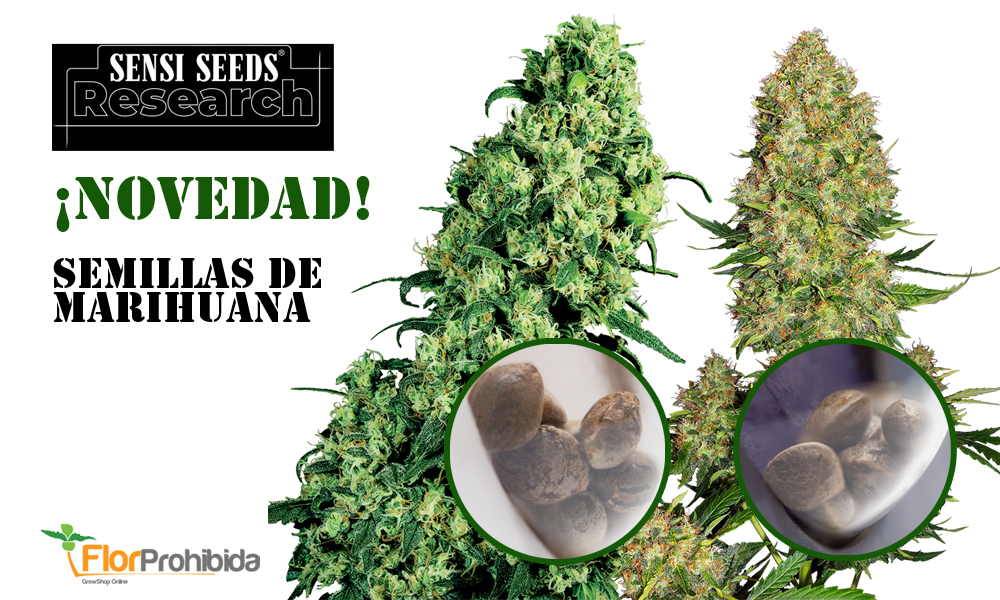
Chemical-free pest management offers a solution to pests through the use of biological control agents. Biological control agents, also known as biological control, are predatory mites and insects in various stages of development. By releasing these insects or mites into your marijuana grow, you introduce natural predators to common pests that damage your grow. Mites can be used as a preventive measure or to treat outbreaks, preventing growers from having to resort to harmful or illegal pesticides.
How biological control works
One of the most challenging aspects of growing cannabis is preventing, detecting and controlling harmful biological pest infestations. Marijuana growers go to great lengths to prevent pests from establishing themselves in their crops because they are easier to deal with once they are on the plants. If you have problems with common cannabis pests, here are some guidelines to combat these nasty critters.
General tips to protect your crop
First, let’s go over some basic guidelines for keeping your plants healthy and pest-free.
- If you grow indoors, make sure your growing area is completely sealed. Use caulk or spray foam to fill gaps or cracks, seal doors and windows, and place an insect filter over any air intakes.
- Don’t let your clothes contaminate your plants. If you’ve been outdoors, change your clothes before entering the growing area to protect your plants from potential pests.
- Never allow pets into your grow, since they can carry all kinds of insects and pathogens.
- Keep your equipment sterilized. Always use new growing media that are completely inert or that have been pasteurized.
- Practice good sanitation. Keep the grow clean and tidy, wash and sterilize all tools and containers, wash your hands before handling the plants, and remove all plant debris immediately.
We already know that prevention is better than cure, so you should follow these tips to avoid problems in the future. Below, we will examine three of the most common cannabis pests and some of the most effective ways to eradicate them.
Red spider
Mites are the most common pest associated with cannabis and also one of the most potentially devastating. These are tiny arachnids that generally live on the underside of leaves, where they pierce the surface of the leaf to suck the juices from the plant. They are very difficult to detect with the naked eye, but infested leaves show spots on the upper surface, tiny white dots that some people initially mistake for mold or mildew. Mites also weave tiny cobwebs, so if you see something that looks like a miniature spider web on your plants, you can be sure it has a significant pest.

How to get rid of spider mites from my marijuana plants
Spider mites thrive and reproduce quickly in hot, dry environments. To delay an infestation, lower the temperatures and increase the humidity in the room. While there are many commercial acaricides available, most of them are quite toxic and you should be careful what products you use to control spider mite pests. .
One of the most effective ways to combat spider mite pests is through biological control. The spidex (pHytoseiulus persimilis) is a predatory mite for the biological control of the red spider, it is capable of sucking 5 spiders a day or 20 eggs or larvae.

For the Spidex application, there must be pests and the relative humidity must not be too low. We must preventively introduce 10 per plant and if there are foci of plague, we will introduce a dose of 50 on the focus and per square meter.
In the event that we find ourselves in environments with high temperature and low humidity, Koppert offers us the ideal solution. The Spical-Plus will allow us to use it even if there is no plague and the mite preys on all the stages of various species of spider mites.

They come in the form of an envelope with 100 predatory mites. These sachets are small bio-factories that continuously produce Neoseiulus californicus for several weeks.
Trips
Thrips are one of the most common pests in growing marijuana. They are yellowish, brown or black in color, have wings and a minute size of between 1 and 3 mm, rounded and elongated. To detect a plague of thrips, we must look at the leaves, looking for the characteristic white or silver spots and look at the underside, because that is where they usually grow and feed in the early stages of their life.

How to get rid of thrips
Thrips proliferate when the climate reaches a warm temperature of 20-25ºC. It is important to spray the insecticide well on the underside of the leaves, since this is an area where thrips lay their eggs. In addition, we must look at the substrate, because in a phase of their life they come down from the plant and stay in the part of the substrate to complete their metamorphosis and grow.
There are very effective natural insecticides such as Decis protech, both based on deltamethrin. But if we talk about biological control, the ideal is the Ulti-Mite Swirski, a thrips predatory mite that quickly establishes itself, developing a strong population in response to the increased pressure of the pest.

Swirski feeds on the first larval stage of thrips, being faster than others in establishing a population, which is a more efficient control.
In addition, this mite will help us to combat the whitefly and to a lesser extent the red spider.
White fly
The whitefly has a wide host range and has affected a wide range of crops around the world. It is a feared pest due to its high degree of resistance to numerous insecticides and its tendency to transmit viruses.

The fly initially presents a stage in the form of larvae, which remain most of the time on the underside of the leaf. In addition, the larva of the whitefly needs a lot of protein to grow and, therefore, consumes a large amount of sap, which contains a large proportion of sugar.
Once adult, they emerge from the pupa and disperse throughout the plant, depositing their eggs. The whitefly has its wings placed vertically and parallel to the body.
How to get rid of whitefly
The consumption of sap can affect the physiology of the plant and cause a decrease in the yield. Therefore, we must attack the fly from its larval stage.
As we have mentioned previously, the Swirski will allow us to fight the whitefly by feeding on the eggs and its first larval stage. Thanks to the prompt solution that this mite offers us, Swirski is an excellent complement to existing whitefly control strategies.

Now that you know the most common pests and how to combat them thanks to biological control, tell us about your experience with pests and what methods you use to combat them.








